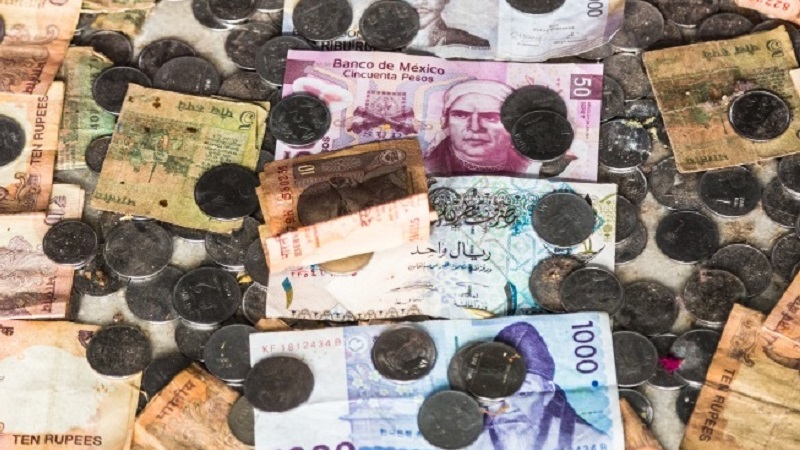Ashmore has seen “improving” outflows over the last six months, in which it saw a pickup in performance, despite intermediaries continuing to pull cash.
The emerging markets specialist recorded $1.4bn (£1bn) net outflows over the six months to 31 December 2020 compared with net inflows of $5.7bn in the same period last year.
Redemptions were driven primarily by intermediary retail investors which “typically exhibit higher churn rates” through market cycles, the firm said. Retail investors accounted for 36% of the gross redemptions during the interim period and represented a tenth of the $93bn in AUM at the end of December.
However, net outflows were offset by “strong” investment performance which added $10.8bn over the period, pushing assets under management up 11%.
Total assets are still down 6% from $98.4bn a year ago thanks to the coronavirus crisis which dragged the emerging market specialist’s AUM down to $83.6bn at the end of its last financial year in June.
Ashmore CEO Mark Coombs said the group’s performance during the period “reflects the early stages of a typical recovery cycle”.
Across its funds 97% of AUM outperformed relative to the benchmark over the six months compared to just 50% of AUM outperforming over one year. Off the back of this performance profits rose 14% to £150.6m and performance fees spiked 126% to £7.7m.
Equities AUM spikes 40%
Coombs added that the firm had continued making progress on its strategic objectives, including diversifying its product range.
The emerging market specialist has been attempting to branch out from broad-based debt strategies and into equities, investment grade credit and ESG products.
Its equities division saw AUM shoot up 41% to $6.5bn during the interim period and was one of only three strategies to end with net inflows.
The boutique manager also said it saw “meaningful demand” from new and existing clients for its investment grade funds and interest in its still bourgeoning ESG range.
Debt strategies rack up redemptions
But the bulk of its strategies lost money over the period, with blended debt racking up the largest redemptions at $1.6bn, while corporate debt and local currency leaked $0.8bn and $0.7bn respectively.
Its overlay/liquidity theme proved the most popular during the interim period, attracting $1.2bn, followed by equities and external debt which each brought in $0.3bn.
Despite failing to reverse the tide of outflows, Coombs said the economic backdrop for 2021, fuelled by the global vaccine rollout, favours emerging markets which experienced a “shallower recession” than developed markets in 2020 and will benefit from continued dollar weakness.
“The global macro outlook is underpinned by continued expansionary fiscal and monetary policies by developed countries. However, this will also result in record debt/GDP levels in those countries, which undermine longer-term growth,” he said. “In the case of the US, the fiscal deficit and current account deficit together represent 18% of GDP, another record level, and one that points to further currency weakness.
“This backdrop therefore favours emerging markets, since a weaker US dollar will cause capital to flow from the US economy in search of higher returns elsewhere.”







